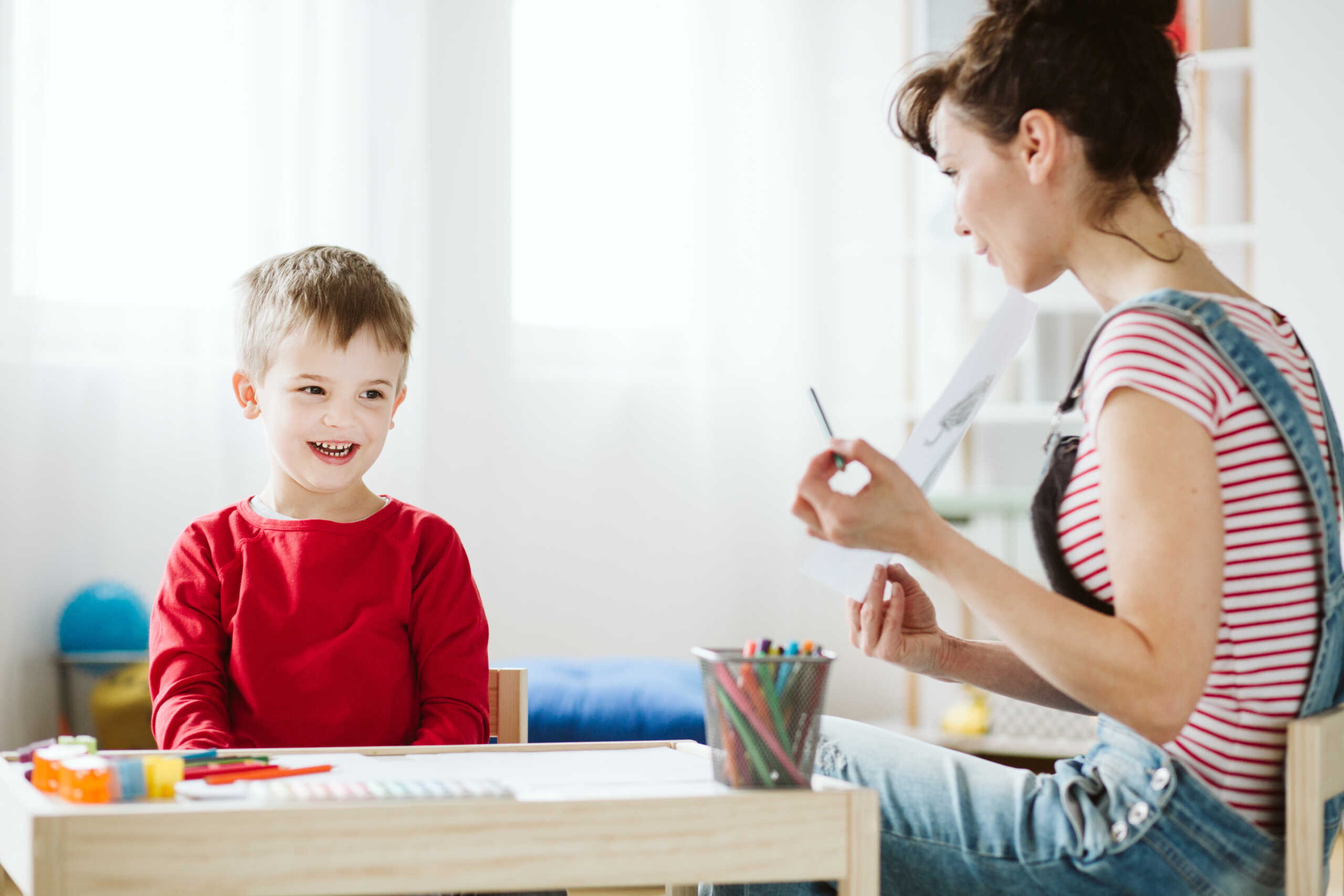It can be emotionally overwhelming when your toddler cries frequently—especially when it happens many times a day, asking to be hugged or held. While it’s natural for young children to seek comfort through physical closeness, excessive crying can leave parents feeling helpless, confused, or even frustrated. But rest assured: frequent crying in toddlers is not necessarily a sign of a behavioral problem. It’s often a part of healthy emotional development.
In this article, we’ll explore the common reasons why toddlers cry so often, and offer practical techniques and mindset shifts to help parents support their little ones with patience, love, and structure.
Why Do Toddlers Cry Frequently?
-
Emotional Regulation is Still Developing
Toddlers do not yet have the words, self-awareness, or coping mechanisms to manage strong emotions like frustration, boredom, separation anxiety, or fatigue. Crying is their main form of expression when something feels overwhelming.
-
Attachment and Comfort Seeking
A toddler who cries to be held or hugged often may be seeking reassurance and safety. They may be adjusting to new environments (like daycare), missing a parent, or simply needing more one-on-one attention that day.
-
Transitions and Change
Any change in routine—moving homes, starting daycare, a new sibling—can trigger emotional distress in toddlers. Crying frequently is how they signal discomfort or try to regain a sense of predictability.
-
Tiredness and Overstimulation
If a child misses a nap or is exposed to too much sensory input (noise, crowds, screen time), they’re more likely to become overwhelmed and use crying to release emotional tension.
-
Physical Discomfort or Hunger
Sometimes frequent crying can stem from discomfort like teething, gas, hunger, or illness. It’s important to rule out physical needs before assuming emotional causes.
Techniques to Support a Frequently Crying Toddler
-
Validate Their Feelings Without Always Giving In
Say: “I hear you’re upset and need a hug,” but it’s okay not to immediately give the hug every time. Instead, offer alternatives like sitting close or holding hands if you need to maintain boundaries.
-
Name the Emotion
Helping your child label emotions—“You’re sad because I left the room,” or “You’re mad your toy broke”—builds their emotional vocabulary and teaches them to express themselves with words over time.
-
Set Gentle Boundaries with Consistency
If your toddler cries to be picked up every few minutes, gently say: “I’ll pick you up in two minutes when I finish this,” and then follow through. This teaches them that their needs will be met—but not instantly every time.
-
Create Emotional Check-in Rituals
Build moments of connection into the daily routine—like cuddles after waking up, or two minutes of one-on-one time before dinner—so your child feels secure and less likely to seek constant reassurance.
-
Stay Calm and Present
Your calm presence teaches emotional regulation. Take deep breaths, lower your voice, and avoid saying phrases like “Stop crying!” Instead, try: “I see you’re feeling big feelings. I’m right here.”
-
Watch for Patterns
Keep a log of when and where crying happens. You might notice it peaks before naps, at drop-off, or after screen time—helping you adapt routines or expectations accordingly.
-
Encourage Independent Play
Little by little, help your child build tolerance for short moments alone. Try sitting nearby while they play, and gradually increase the time or distance.
-
Offer Choices
Let them choose between two outfits, snacks, or books. A sense of control helps reduce emotional outbursts and gives them agency.
-
Ask for Support
If the crying is constant and affecting your child’s daily functioning or your own mental health, consult a pediatrician, psychologist, or behavioral specialist.
Conclusion
Crying is a toddler’s natural tool for navigating a complex and unfamiliar world. While frequent crying may feel exhausting, it is also an opportunity to build connection, trust, and emotional intelligence. With consistency, empathy, and a few simple techniques, you can help your toddler feel safe, seen, and eventually more independent in managing big emotions.

